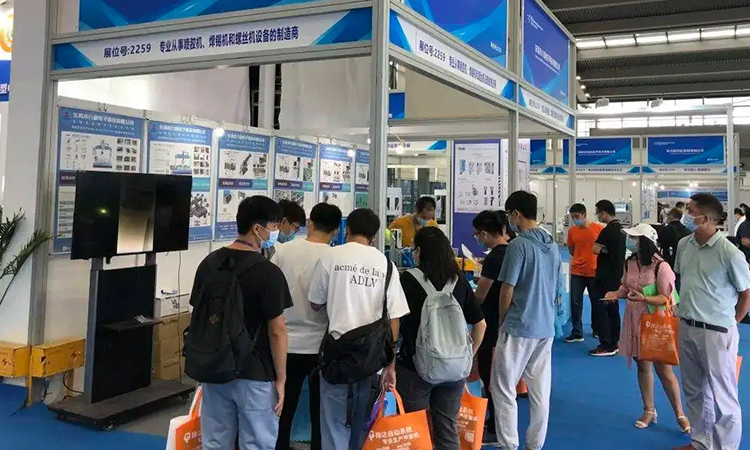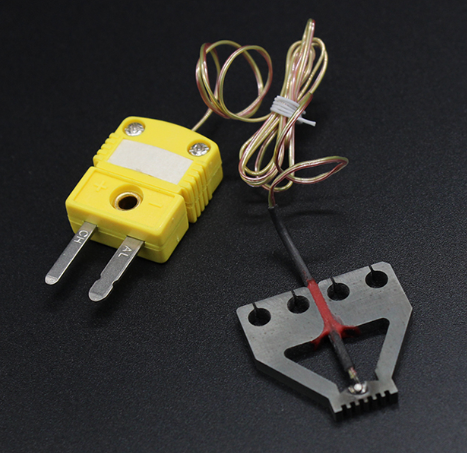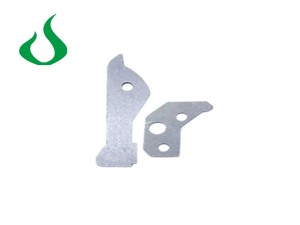MENU

 LNG
LNG
The spot welding head is generally used in spot resistance welding equipment, and it is in direct contact with the object to be welded, and is a device that directly supplies current and pressure to the object to be welded. The difference between a spot welding head and a soldering iron head is that spot welding is actually a type of electric welding. The object to be welded is dissolved in another object to be touched by the instantaneous high temperature of the current, thereby welding them together. The electric soldering iron is a manual soldering tool, and the soldering iron can be well welded by heating the tip of the soldering iron to above 300℃.
Precision welding equipment: electronic spot welding machine designed for welding metal wires or metal sheets with a diameter or thickness of more than 0.4mm. It is suitable for tin-free welding between the PIN pins and wires of various connector plugs.
Welding equipment with AC power supply and large pressure adjustment.
Fine Pulse Heat Press: Provides precise temperature and pressure control with precise positioning and adjustment equipment. Therefore, it can be used for soldering gold fingers such as FFC, TCP, FPC and circuit boards.
Pulse heat press: It can provide accurate control of temperature and pressure. It can be used as a high-end soldering iron, equipped with a certain automatic welding channel, which is more efficient. It is suitable for welding between various connector plugs and connecting wires.
Automatic welding equipment: It can supply automatic welding channels, and perform sequential welding according to the preset welding procedures, without manual intervention. Improve production efficiency.
Spot welding head design guidelines: ensure the welding process is stable and reliable, and ensure the service life of the spot welding head. Due to different welding materials, different welding point requirements and different welding energy, the required spot welding head design is also different. The general spot welding head is divided into three parts, which are the connection part, the transition part and the discharge part. Different plans have different effects on the connection, accumulation and discharge, which will eventually lead to different welding effects and service life. Generally speaking, if the discharge effect is good, the welding strength is good and the required welding voltage is low. Under the same parameters, the service life of the corresponding spot welding head will be reduced.


